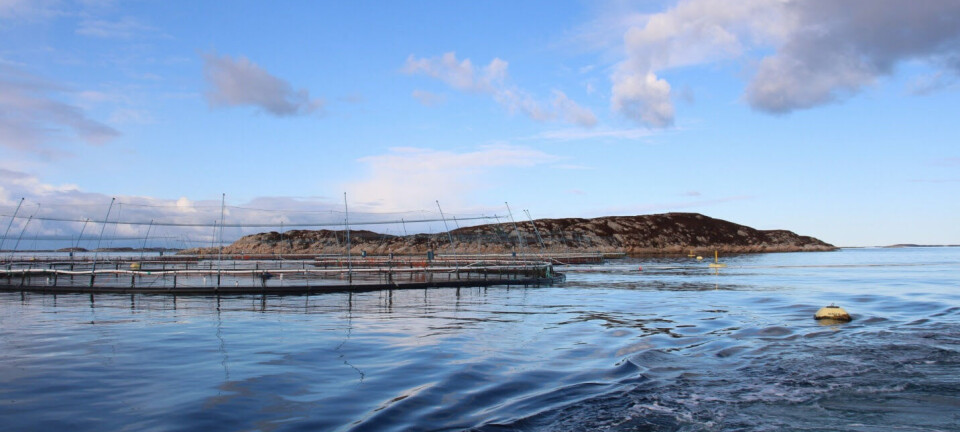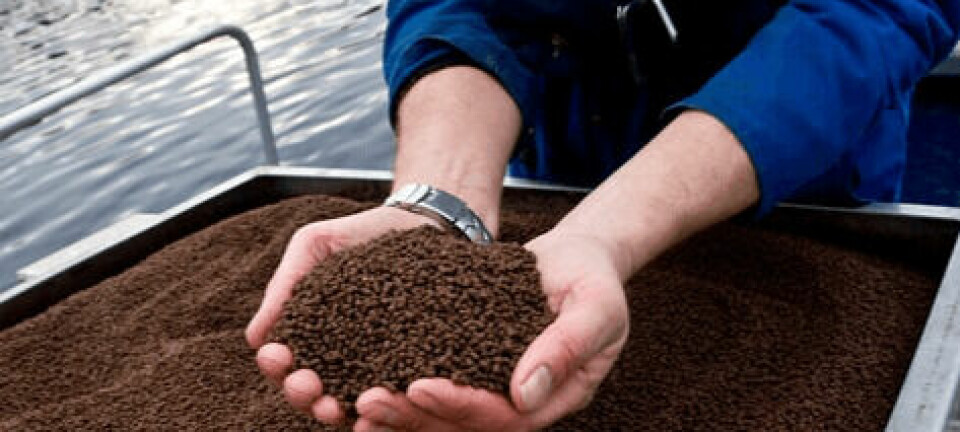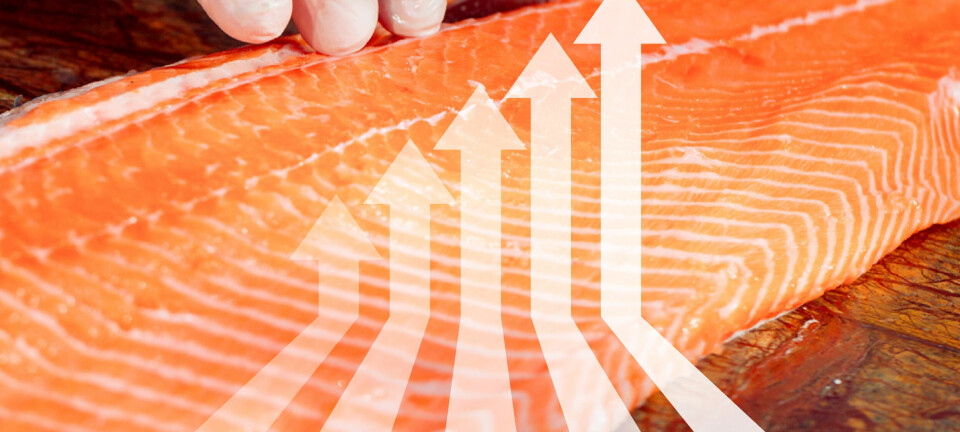Production of post smolt
Por GUSTAV-ERIK BLAALID, EDITOR gustav@fishfarmingxpert.com
What happens to the price of salmon, when the demand increases with 7-8% annually, while the growth in production is as low as 3-4%? Well, the price increases, such as we saw in 2010-2011, when the price to the fish farmer in periods was at over 40 NOK/kg (5.5 EUR/kg). The price development so far in 2013 shows a tendency to such heights again. And maybe the same thing happens again in 1-2 years as happened in April 2011? Then, the demand collapsed and the prices were halved in less than 2-3 months.
Too low a price is not good for the producers – too high a price is not good for the consumers. If the prices get too high, the consumers choose other food products and the pendulum swings back and hits the producers like a fist. A stable price at an acceptable level is thus the best. This means that the growth in production has to happen at the same pace as growth in demand. Since aquaculture is highly regulated by the authorities, this is where the key is. In Chile, one has introduced a set of rules and a control regime that puts the government in the forefront when it comes to the future development of aquaculture. This has been the case for many years in the rest of the salmon producing countries.
The way to increased growth is thus regulated by two factors: the authorities and the industry itself. The authorities determine the framework: number of licenses, localities, emissions, density, rules for production, fish health, use of medicines, slaughtering, - in short, all aspects of the production. Unless more licenses are issued, or, as the demand is from the industry in Norway, that the limit for maximum allowed biomass is raised, there will be a limit to production that only the authorities can do something about. Since the government is in a position of total control, they also have to be aware of the fact that they have a responsibility to see to it that the industry has a balanced development. In the present situation this means that they have to allow increased production.
For the industry, there are several measures that can increase production by changing production strategy. Postsmolt is one of the concepts that have been discussed for some time. Instead of putting smolt weighing 70-80 grams to sea and leaving them there for 2 years until they are ready for slaughtering, another option is to produce 1 kg smolt, which only need about a year at sea. The short growth period at sea will also reduce exposure to disease, sea lice and other ailments. Loss is reduced, and fish health improved. Within the Norwegian management model with maximum allowed biomass (MTB = 780 tons per license per year), the production with the use of post-smolt could be increased by perhaps as much as 30-40 per cent.
A production strategy with post smolt has several advantages that will benefit the producers in all salmon producing regions. For everybody’s information, we can mention that our Norwegian edition, Norsk Fiskeoppdrett, had a themed edition at the end of 2012, with the title: Smoltproduction in the future - where many details around this topic were discussed.























































